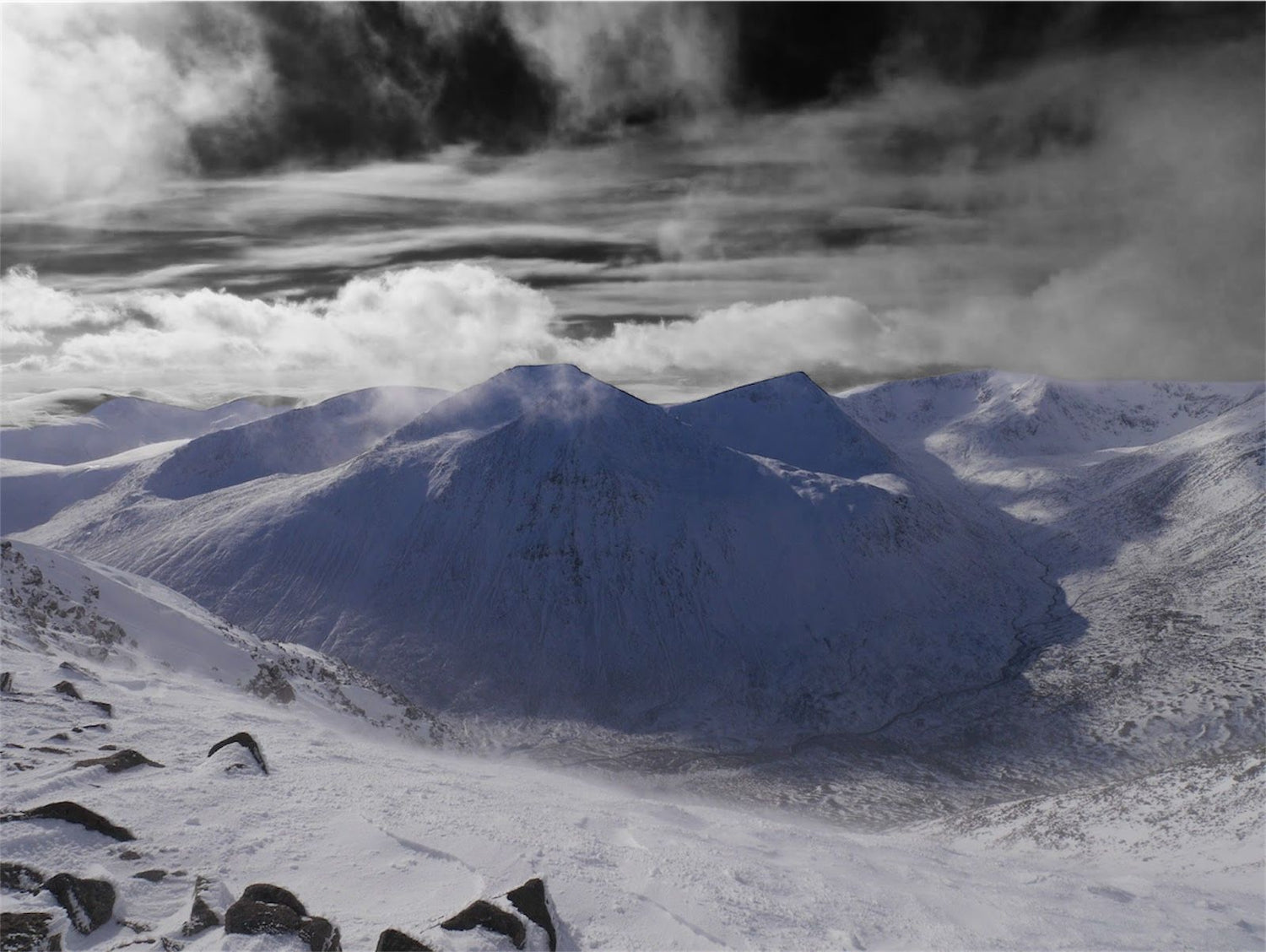Title: Mountain Weather in Autumn & Winter: What Every Hiker Needs to Know
Published by Mark lane, Founder
As temperatures drop and daylight hours shorten, mountain adventures take on a different character. Autumn and winter can bring some of the most beautiful yet unpredictable weather conditions to the hills, peaks, and summits across the UK and beyond. If you’re planning to explore the mountains in the colder months, understanding how quickly mountain weather can change is essential for your safety and success.
Weather Changes on Mountain Summits vs. Ground Level
One of the most striking features of mountain weather is how dramatically it differs from conditions in the valley below. At ground level, it may feel mild and clear—but just a few hundred metres up, you could face freezing winds, heavy mist, or snow flurries.
On average, for every 100 metres you ascend, the temperature can drop by around 0.6°C. So a 10°C day at base level might feel like freezing at 1,000 metres. Wind speed and exposure also increase dramatically at altitude, turning even modest gusts into dangerous conditions on exposed ridges or peaks.
How Rapid Can Mountain Weather Change?
Very rapid. Within 10–30 minutes, a clear sky can become cloud-covered, winds can double in strength, and visibility can drop to near zero. Autumn often brings fast-moving weather fronts and low cloud, while winter introduces icy conditions, sudden snowstorms, and wind chill that can reach extreme levels.
Tips to Read Incoming Weather
Being able to judge the weather before and during your hike is a vital skill for anyone venturing into the outdoors:
-
Check mountain-specific forecasts before you set out. Use trusted sources like the Met Office Mountain Weather, MWIS, or YR.no.
-
Look to the sky:
-
Towering cumulus clouds suggest instability and possible storms.
-
Lenticular clouds over peaks may signal high winds.
-
A halo around the sun or moon may indicate moisture in the air and an approaching front.
-
-
Feel the wind: Sudden changes in wind direction or intensity can mean incoming fronts.
-
Smell the air: A damp, earthy smell often comes before rainfall.
-
Watch birds and wildlife—when they disappear or become quiet, it often means bad weather is on the way.
Safety First: Tips for Autumn & Winter Hikes
-
Start early: With fewer daylight hours, aim to finish your hike well before sunset.
-
Bring extra layers: Conditions can feel drastically different at elevation.
-
Carry emergency kit: A headtorch, foil blanket, GPS, map, and compass are essentials.
-
Have a turn-back point: If the weather turns or visibility drops, don’t push on.
-
Tell someone your plan and check in when you’re down.
Final Thoughts
Mountain hiking in autumn and winter offers quiet trails, snowy views, and crisp air—but also demands respect for rapidly changing mountain weather. Preparation, awareness, and good judgment are your best allies. At Ocio Montaña, we believe everyone should explore the great outdoors in safety and comfort, equipped with gear that brings peace of mind.
Explore without limits!



